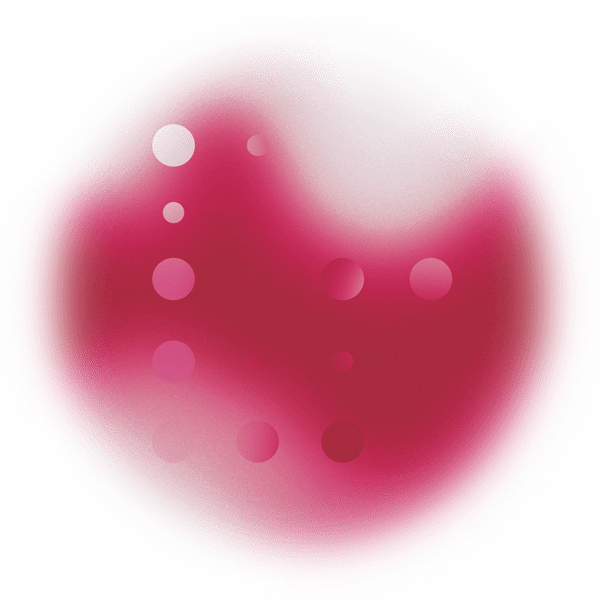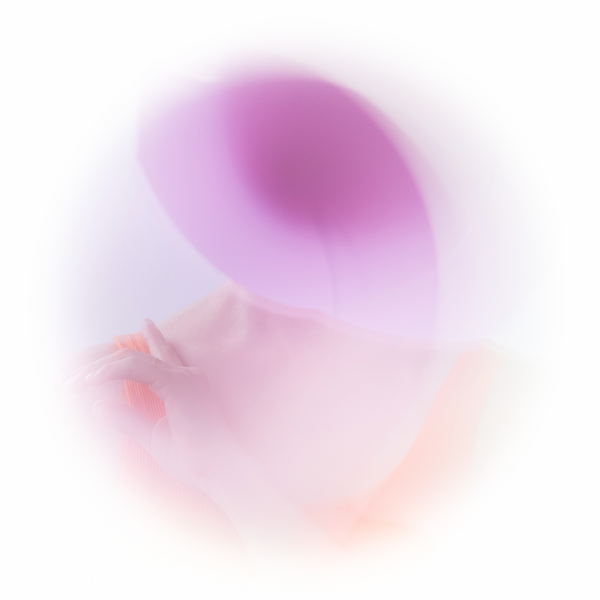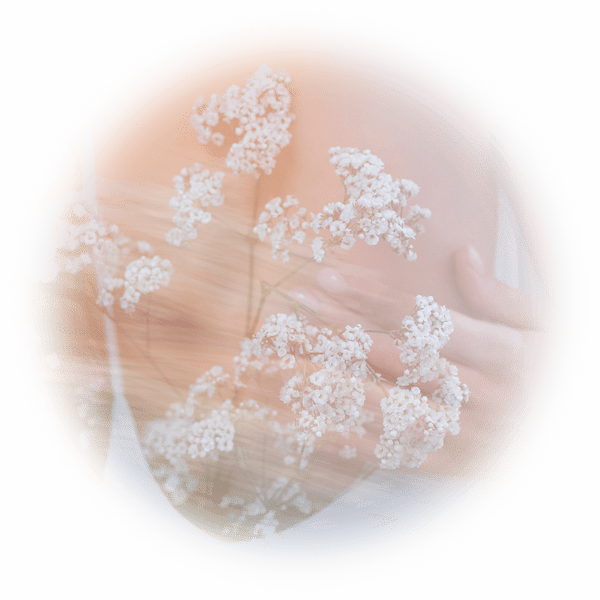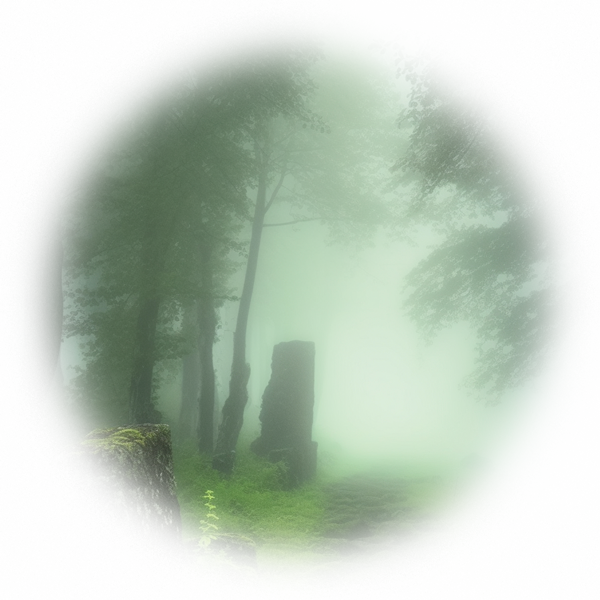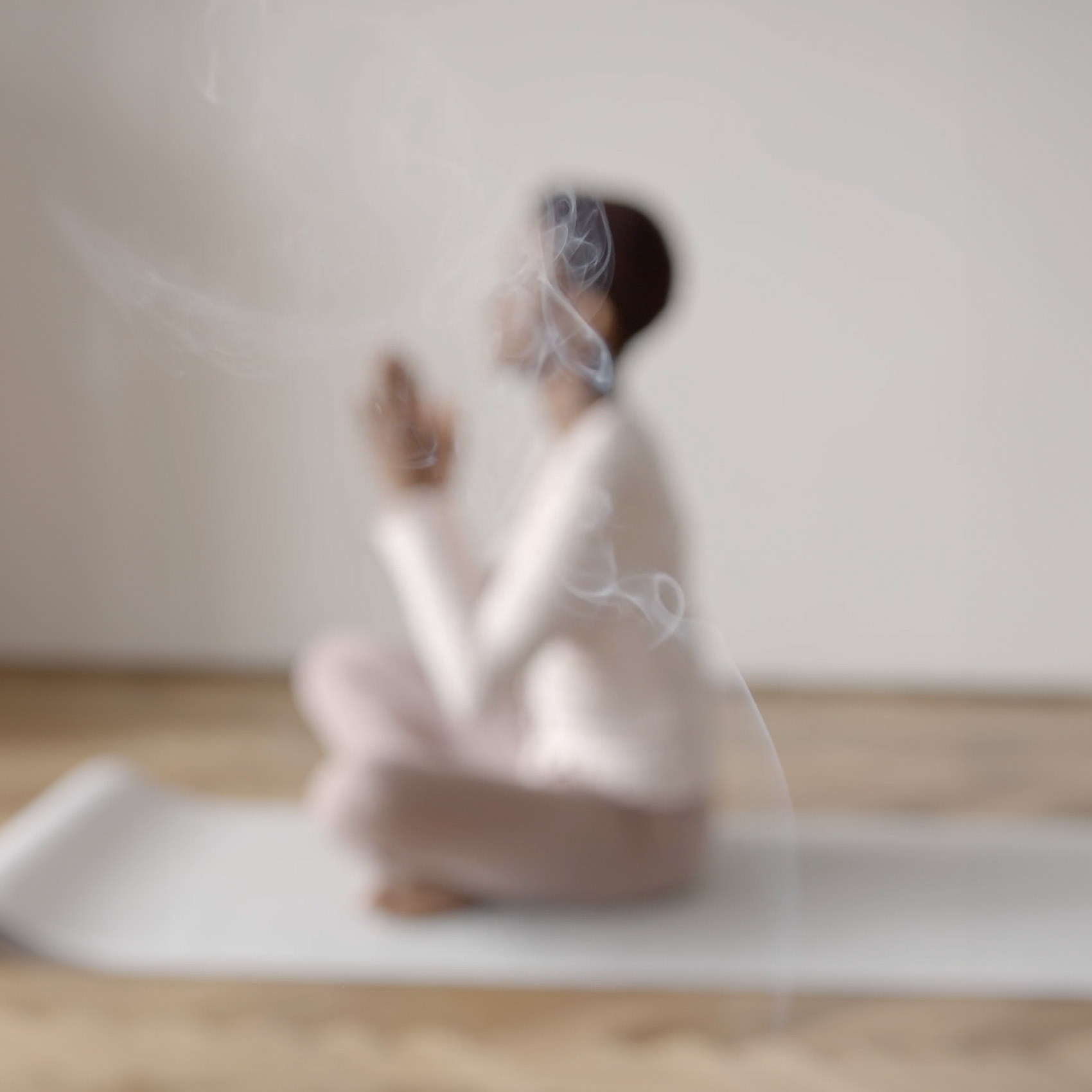Dreams have fascinated mankind since its origins: our ancestors have always been interested in dreams and their meaning. In ancient societies, Greeks and Egyptians studied dreams, traditionally considered as messages sent by the gods, sometimes with a premonitory character. When their meaning was not clear, their interpretation was entrusted to priests or diviners, in charge of decoding their symbolism. Subsequently, the monotheistic religions have all granted a special status to dreams. In Islam, dream analysis was considered an art. The Hebrew tradition also gives it great importance: we read in the Talmud that “an uninterpreted dream is like a letter that has not been opened”. Christianity, on the other hand, is much more suspicious. In 314, the Council of Ancyra condemned the interpretation of dreams, considering that they could be false or inspired by evil spirits. Then, with the advent of the Enlightenment and Cartesianism, they were despised for centuries, reduced to extravagances of no interest to an enlightened and rational mind.
It was only in the 20th century that psychoanalysis took a new interest in dreams and gave them back their letters of nobility. Sigmund Freud recognizes its essential function in psychic life. In The Interpretation of Dreams, he describes them as “the royal road to the unconscious”: their content echoes secret, repressed desires, translated into images and symbols that make them acceptable to the conscience. A few years later, Carl Gustav Jung believes that dreams draw from a “collective unconscious”, a universal fund of images and symbols fed by myths, religions or legends…), to reveal our “true self”. According to him, the symbol present in the dream “does not hide, it teaches”.
Today, numerous clinical and scientific data attest that dreams often reflect our current concerns and the experiences that have marked us emotionally. They allow us to get in touch with our inner world and to explore it.



